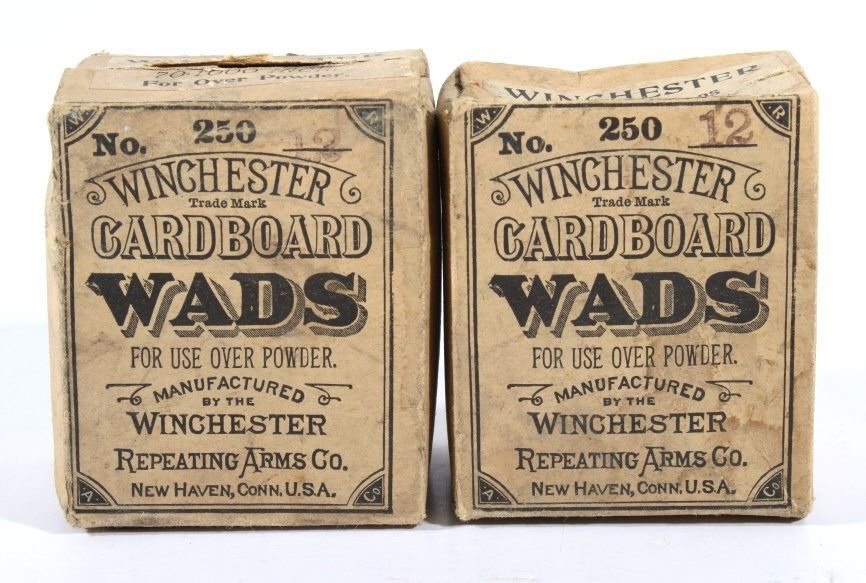I initially thought it was someone pissing around on the beach with a shotgun. Not ideal. The wads were all in the same general area – which lead me to the (potentially incorrect) conclusion that someone was shooting at a target in the vicinity – so all the wads landed in the same spot.
However, as I do, when I got back home I did a little more research and was dismayed to come across these articles from a few years ago:
https://www.rnz.co.nz/news/national/319796/shooters-urged-to-adopt-environmental-friendly-ammunition
In the Taranaki Region of New Zealand, software created by MetOcean Solutions tracked shotgun wads from their source at a gun club on the Manganui River. The wads washed downstream 20 miles into the Tasman Sea and from there were found along beaches for about 15 miles in each direction. Locally, wads are commonly found from Redwood National Park to the South Spit of Humboldt Bay.
https://www.yournec.org/the-plastic-problem-of-shotgun-wads/
This led me to the alternative conclusion, that the wads could be the result of shooters in the forestry block just behind me, being washed down via a stream onto the beach.
Regardless, adding to the plastic rubbish already on the beach, regardless of source is less than ideal. Thanks to the work of awesome groups of people like DTek NZ – the awareness of the amount of rubbish turning up on our shoreline is increasing.
As shooters/hunters we need to be aware of and do what we can to help in any conservation efforts. Groups like Hunters For Conservation are spearheading this movement. Now, there is a very good potential that many groups are already actively managing this issue – in which case – good work! For those not aware of what is going on though (like I was) this article is a little nudge to think about big picture issues. There is an obvious crossover between many hunters and fishing as well.
I will point out here – I am not a big shotgun shooter – just someone walking down the beach and finding something of concern. Consider that there are plenty of non shooters also walking down these beaches.
So – we are faced with a conundrum. How do we manage this?
Ideally, we leave no trace – i.e. pick everything up that we drop. On a range, this is manageable. I am sure people will grumble about the extra work, but, sorry, it’s part of modern life, cleaning up after yourself. Like lead discharge in a berm, picking up plastic wads is likely (if not already) to become part of running a shotgun range.
For hunters though, i.e. pest control, duck hunters and the like, picking things up may not be as much of an option1 – so we need to start exploring other options.
Biodegradable Ammo?
The most obvious solution is a wad that breaks down.

A little history
At one point, the shotgun cartridges being used would likely have been considered very eco friendly! Cardboard wads, felt, wool were the norms – but of course, they didn’t like to get wet.
Over time, shooters wanted something that would reduce water ingress, as we all understand that hunting, of any kind, can be a bit of a wet activity. Plastic was an obvious (and cheap, in the long run) solution.
One hundred years ago, shotgun wads were made from wool felt, cardboard, cork, or fibre. Such biodegradable wads are still used by choice by a small percentage of shotgun users, and as needed in places where plastic wads are banned. Unfortunately, while such wads perform some of the functions of plastic wads (i.e., separating charge from powder, excellent cushioning), they make relatively poor gas seals (causing gas blow-by, unburnt powder, and reduced velocity) and do not protect barrels from steel shot. Lead shot is a cheaper and better shot material than steel (because it is softer and denser), but lead is almost universally banned for waterfowl hunting and may face additional bans in the future.
https://www.vims.edu/ccrm/research/marine_debris/solutions/wads/index.php
So, there was an obvious gap in the market for a modern, eco-friendly shotgun wad.
I did a bit of research online, and at the moment – it still seems a bit of a niche product. However – I did find this very informative video about the Eley Product.
The summary at the end of this video sums it up very well. Non-Toxix is a requirement now for waterfowl hunting (Since 2004, most hunters who use 10 or 12 gauge shotguns have been required to use non-toxic shot when hunting waterfowl within 200 metres of water), and, if you are shooting over water – we seriously need to be working towards Eco options. The alternative is being pushed by the general public – so much better PR wise to do it ourselves!
Looking locally, the only info I could find about this product was a Facebook post from a year ago from F&H Whangarei. You can also find an eco wad option in some Fiocchi Ammo – but that is lead shot only – banned for hunting use in NZ.
If it was people just shooting for fun on the beach.
You are a bunch of dicks.
Also – cool article – https://www.wildernessmag.co.nz/making-waves-cleaning-beaches/
‘Non-Toxic’ essentially means ‘not lead’ – so there are other, non-steel options out there – https://www.kilwell.co.nz/products/category/KWBPGVQR-game-non-toxic
if these ones got here through someone just shooting on the beach though, well, that shouldn’t have happened in the first place, so I don’t expect that level of person to be cleaning up after themselves – I wouldn’t have been surprised to find broken beer bottles as well ↩
